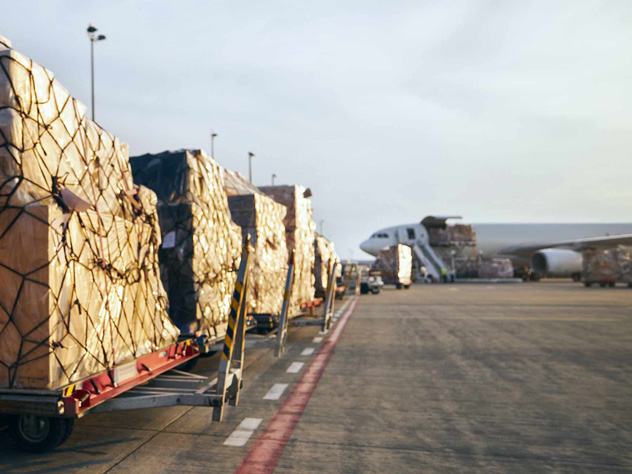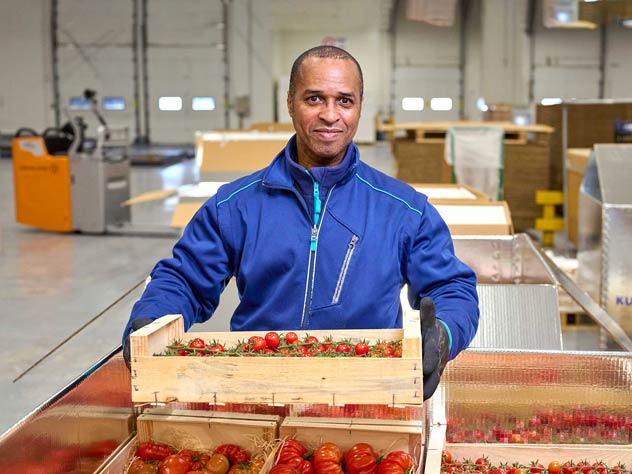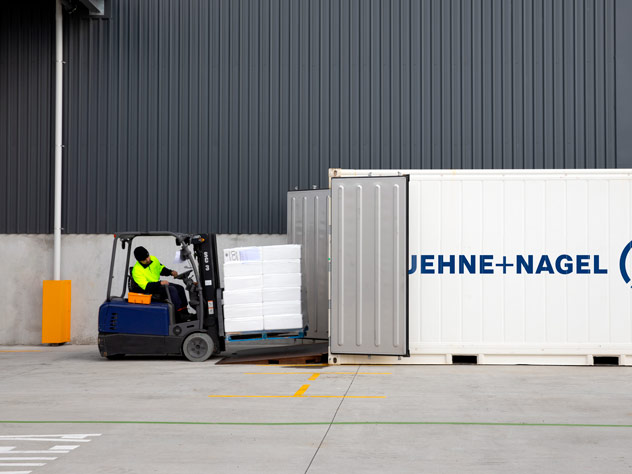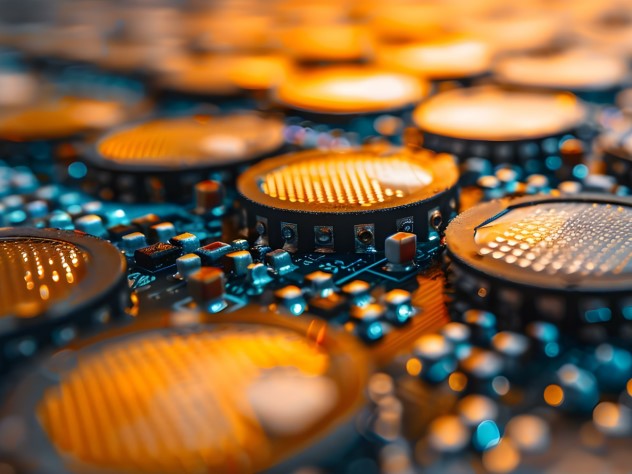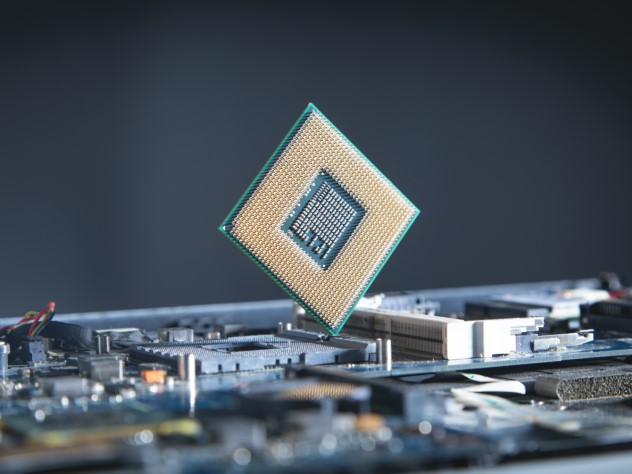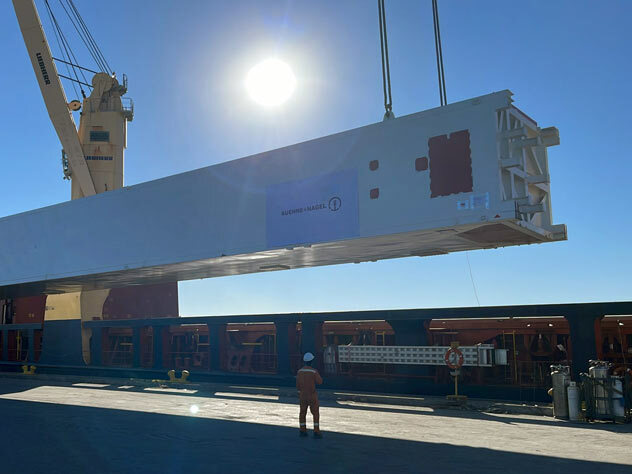Back 10 questions about semicon logistics with expert John Desmond
Market Insights
10 Questions with: John Desmond, Vice President Key Account Management, High Tech and Semicon, Europe
![]()
Hi John, nice to meet you. Tell us, how did you come to be in your current role? What path did you take?
Well, I’ve actually come full circle, believe it or not. I graduated as an engineer in microelectronics and power electronics before moving into the semiconductor industry and spending many years all around Europe installing equipment into various semiconductor sites. I then moved across to a Contract Electronic Manufacturing company who at the time were involved in the mobile phone repair industry. I was with them for 10 years travelling around Eastern Europe while progressing up the management ladder. It was while I was moving a plant from Holland to the Czech Republic for this CEM, that a leading logistics company recruited me because they had a requirement for someone with HiTech in-depth knowledge to drive this element into their logistics offering to the Electronics Manufacturing companies. Then around six months ago I moved across to Kuehne+Nagel because they were interested in somebody with semiconductor knowledge, which brings me all the way back full circle in a way.
Semiconductors seem to travel a lot during their manufacturing process – why is that?
They do travel a lot, and that’s largely because each element of the manufacturing process is very specialised and the need for efficiency and productivity is very high coupled with very small tolerances and requires specific equipment. From design, through manufacturing, the silicon wafers are then diced into chips that are assembled into packages to form the electronic components that can be tested before mounting onto circuit boards. There are numerous global companies employing thousands of people around the world in these highly automated processes.
![]()
A new air logistics offering was recently launched tailored specifically to the semiconductor industry. Why was that?
So, the reason we needed a specific offering for Semicon, is that the pieces of equipment that make the end product, that is the integrated circuit or semiconductor (as well as the end product itself) are built to such a high tolerance that you need to take very special care when moving them. They are so sensitive that for example that they can’t travel on a regular truck. They need to be transported on an air ride truck to reduce vibration and shocks from the road. With some pieces of high end equipment that are shipped via air we even stipulate the number of G’s that the equipment can be exposed to. Heat and humidity can also affect these high end units and when you’re dealing with pieces of equipment that can cost up to 100 million dollars each, the stakes are very high. So, we have designed an offering that addresses all those needs.
Can you explain a little more about what that is and how it works?
The offering is based on the “SemiconChain” quality standard that guarantees process standardisation, continuous improvement, and service excellence across the dedicated Semicon network. SemiconChain is built on a quality foundation tailored explicitly to the Semicon industry and integrates ISO 9001-2015 and IATF 16949, ensuring that shipments are always transported in a standardised, robust manner providing complete tracking visibility. So, if for instance you were shipping a piece of kit into Europe, you would want to go via one of our “SemiconChain” hubs like Frankfurt because everyone there who deals with semicon equipment knows exactly what they’re dealing with and how to understand the customer’s specific request when it comes to handling semiconductor capital equipment.
![]()
How do you see the semicon market evolving in the next few years?
Well, incredibly, semiconductors still seem to be adhering to Moore’s Law, which is that the number of transistors in a dense integrated circuit will double every two years. This means that everything will continue to become ever more powerful, sensitive and valuable, and we in turn will need to adapt and grow our offering to match the associated needs. It’s going to be really interesting over the next 5 years to see how we can push the boundaries of the supply chain.
You also offer a time-critical solution for the most urgent shipments powered by Quick. Can you tell us about that?
I think that Time-Critical powered by Quick will become one of the pillars in our new offering. The reason being that when you have a piece of equipment worth 100 million dollars, pumping out chips worth 100s of millions you cannot afford any down time.
Every hour is critical. Our Time-Critical experts handle urgent goods with hyper care, while meeting the strictest deadlines.
In a previous role, I’ve had a replacement part, a Teflon bolt as it happens, hand carried from Asia to Europe as it had to go from and into an ultra-pure environment, and we couldn’t risk it being transported in any other way and getting contaminated. That’s exactly the kind of service that Quick can provide and this is only one example.
Semiconductors are high value products – how do you mitigate against theft?
While it’s generally the end products which the semiconductors are integrated into, such as phones, laptops and the rest that are the main targets for thieves, for all the reasons I’ve just talked about, we can’t afford any interference to the supply chain, so we take all the usual security precautions to ensure that there is no disruption to the smooth transportation of the goods.
What are some of the key innovations that Semicon Logistics have come up with and or use?
Well, I would say that the SemiconChain itself is actually very innovative, because we’re leading the way with this. We’ve spent a lot of time and effort to really understand the global footprint of where the semicon end products touch and meet, so I think we’ve been very innovative there. It’s the whole package, being able to instil a level of trust in our service in this highly technical and fast-moving industry. And it’s an area where we will need to continue to innovate. We’ll sit down with our semicon clients and ask them what they will need in five years’ time to get their products from point A to point B.
What would you say is the one thing critical to the success of Semicon Logistics?
That’s easy. Delivery on time, in time, intact. Because every hour’s delay is several million dollars lost. Which is why, as I said, I think Quick will play an increasingly important role.
![]()
Finally, what is your favourite part of the job? What do you most look forward to?
I love being involved with an industry that continues to evolve in quantum leaps and bounds. It kind of appeals to my geeky engineering side. I’ll give you an example: leading Swiss watchmakers are now using silicon and the technologies used to manipulate it in the movements of their watches. I find it fascinating that we can adapt the material and technology used for high end electronic products to go into something as simple as a spring or a cog in a watch.



